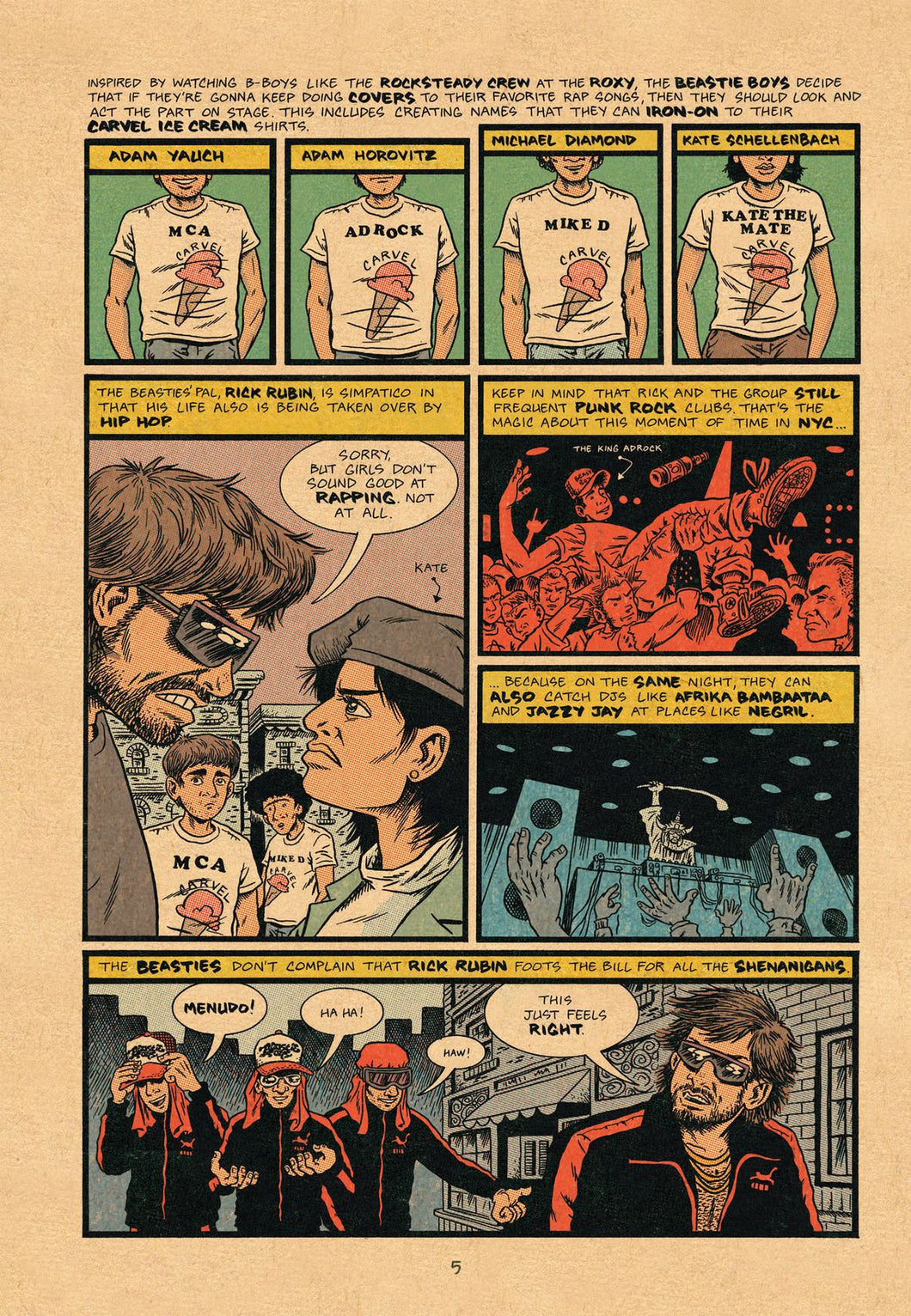
But here, the emphasis is on the candid, the unexpected, and the real–just pictures of friends who like making stuff together. Edited and with an afterword by Jonze, and including new writing by Mike Diamond and Adam Horovitz themselves, this book shows an intimate look at the greatest act of the Hip Hop generation in their truest colors as only a close friend could see them–from performing live onstage to writing together at Mike’s apartment getting into character for a video to dressing up as old men to hit the basketball court recording music in the studio to goofing around on the streets of New York.įrom the music video for “Sabotage” to the cover of the Sounds of Science album, Spike Jonze is responsible for some of the most iconic images of the band ever made. A connection formed between the three MCs and the young photographer, which has lasted throughout their careers.Īlmost thirty years later–published to coincide with the release on Apple+ of a new documentary, Beastie Boys Story–this book collects for the first time more than two hundred of Spike Jonze’s personal photographs of his time spent with the group. Spike Jonze and Beastie Boys met for the first time in Los Angeles in 1991, when Jonze went out to photograph the band for the cover of Dirt magazine. Will appeal to every fan of Beastie Boys and golden-era Hip Hop, as well as photography and Spike Jonze’s own focused audiences. The first book of photography to be published by the Academy Award-winning film director and photographer Spike Jonze. Faith Almiron, and Greg Tate, Writing the Future captures the energy, inventiveness, and resistance unleashed when Hip Hop hit the city. With contributions from Carlo McCormick, Liz Munsell, Hua Hsu, J. It also marks the first time Basquiat’s extensive, robust and reflective portraiture of his Black and Latinx friends and fellow artists has been given prominence in scholarship on his oeuvre. Writing the Future, published to accompany a major exhibition, contextualizes Basquiat’s work in relation to his peers associated with hip-hop culture. Throughout the 1980s, these artists fueled new directions in fine art, design, and music, reshaping the predominantly white art world and driving the now-global popularity of Hip Hop culture. Writing the Future features Basquiat’s works in painting, sculpture, drawing, video, music, and fashion, alongside works by his contemporaries―and sometimes collaborators―A-One, ERO, Fab 5 Freddy, Futura, Keith Haring, Kool Koor, LA2, Lady Pink, Lee Quiñones, Rammellzee and Toxic. Jean-Michel Basquiat (1960–88) became the galvanizing, iconic frontrunner of this transformational and insurgent movement in contemporary American art, which resulted in an unprecedented fusion of creative energies that defied longstanding racial divisions.

Young artists who freely sampled from their urban experiences and their largely Black, Latinx, and immigrant histories infused the downtown art scene with expressionist, pop, and graffiti-inspired compositions. In the early 1980s, art and writing labeled as graffiti began to transition from New York City walls and subway trains onto canvas and into art galleries.

How Hip Hop culture and graffiti electrified the art of Jean-Michel Basquiat and his contemporaries in 1980s New York

"Writing the Future: Basquiat and the Hip-Hop Generation" (2020)


 0 kommentar(er)
0 kommentar(er)
